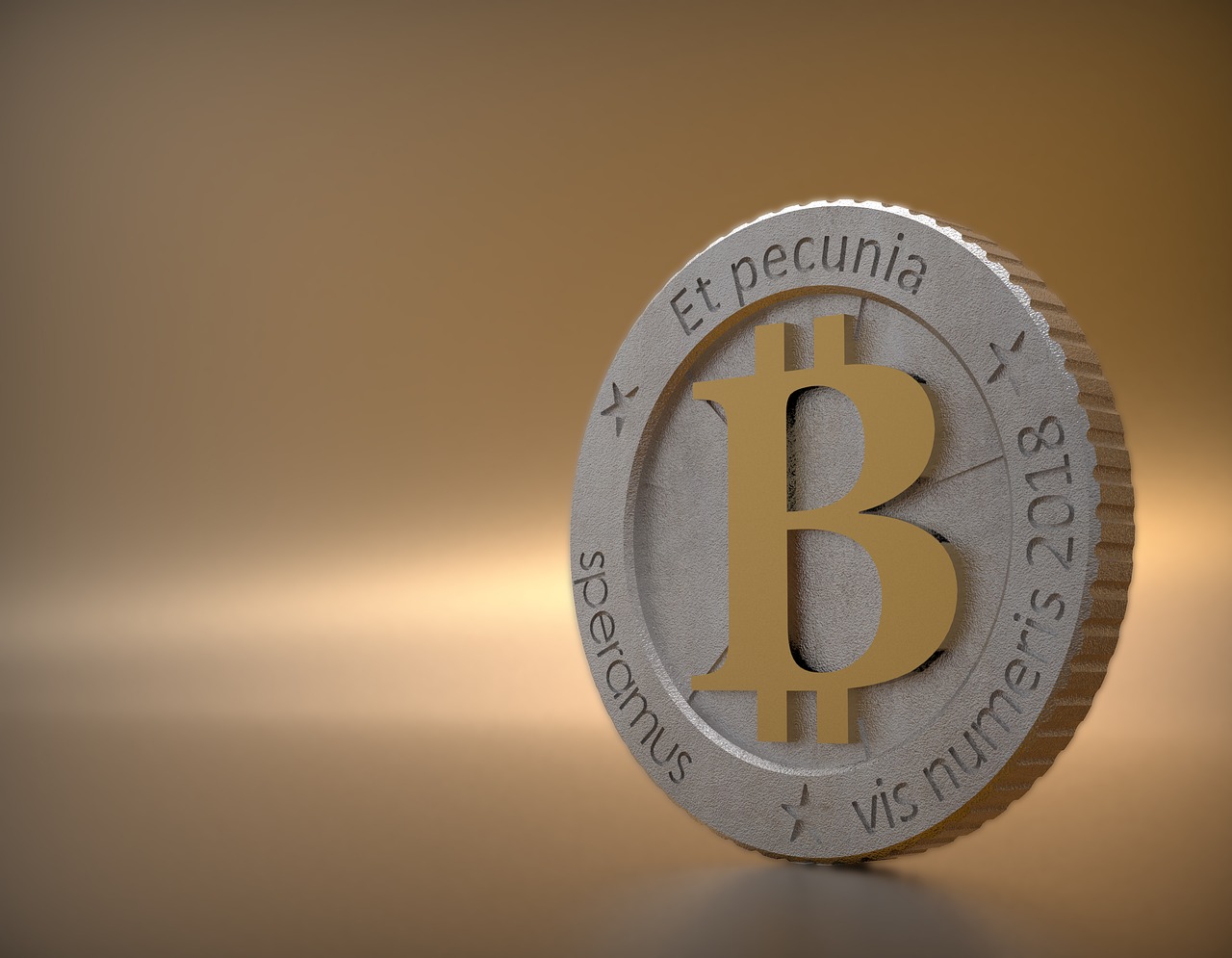The Decentralized Finance (DeFi) sector of the cryptocurrency space has seen a huge explosion inactivity in 2020, due to which it is often likened with the ICO boom that had taken place back in 2017. While the protocols within the DeFi industry are constantly vying for power, the sector has a whole has broken through yet another major threshold now. According to the statistics that have been accumulated, there are now over $10 billion worth digital assets locked into the DeFi space. This includes cryptocurrencies, such as Ethereum and also comprises of numerous stablecoins that are pegged to the U.S. dollar.
According to the data aggregator of the DeFi industry, DeFi Pulse, most of the cryptocurrencies are locked into different DeFi applications. This same number had been around a meager $1 billion, just three months ago, and not it has swollen to a whopping $ 10 billion. Nearly most of the value that has been locked is in the form of ETH, and almost half of it is locked in primarily three protocols. These are some of the biggest names in the DeFi space and have managed to capture the market share and attention, while they continue to battle with copycat projects that are attempting to ride their coattails to success.
Suffice it to say, the DeFi space seems to be expanding at an incredible pace, along with all the handicaps and boons that are associated with it. All of this information is accumulated by DeFi pulse from these protocols and it makes use of blockchain analysis for this purpose. By doing so, it is able to calculate the value of all the assets that have been deposited by people into these protocols. This is referred to as TVL, which means Total Value Locked. In turn, this metric is used regularly as a method of gauging the overall popularity of Decentralized FinancialdFinancial products in the market amongst different users.
As compared to traditional finance institutions, DeFi protocols are able to provide better interest rates to the users. This is due to how these protocols work, as they allow cryptocurrency users to deposit their digital assets into financial applications via smart contracts. Hence, they seem to have lower overhead costs and this makes it easier for the users to obtain loans or get better interest rates. They are able to use their digital assets as collateral, quite similar to how traditional banks work.
But, who are the top dogs in this playing field? Currently, this space has three prominent heavyweights and these are Maker, Uniswap, and Aave, respectively. All three of these protocols are locked in the race for the top spot and each of them sports about $1 billion. Maker and Uniswap both are just a little under the $2 billion mark, with the former at $1.94 billion and the latter at $1.92 billion, respectively. These two companies are battling it out to see who will end up on the top spot. Maker is a lending protocol while Uniswap functions as a decentralized crypto exchange.







More Stories
Coinbase Files A Petition To The SEC, Argues That Staking Should Not Be Classified As Securities
Celsius’ Adviser And Lawyer Fees Set To Hit $144M, Community Reacts
Taiwan’s FSC Set To Become Main Crypto Regulatory Watchdog